
JR Takanawa Gateway Station Opens in Tokyo
Serena OgawaA new station has opened in Tokyo, the first in 50 years for the JR Yamanote Line. Meet JR Takanawa Gateway Station.

TAKANAWA GATEWAY CITY is a new urban development in Tokyo that opened on March 27, 2025. Situated adjacent to the Takanawa Gateway Station and also accessible through major transit hubs like Shinagawa and Sengakuji, it serves as an international exchange hub with corporate establishments, hotels, cultural facilities, residential buildings, and a convention center.
The area is approximately 845,000 m2, making it one of Japan’s largest urban developments. But the project is still expanding as it aims to connect people, technology, and nature—locally and globally—while partnering with diverse stakeholders to develop innovative solutions addressing global challenges. Fittingly, the building's name, "LINKPILLAR," combines the word "Link," representing connection, collaboration, and continuous growth, with "Pillar," symbolizing stability, strength, and a commitment to improving lives over the next century.
Building on this foundation of progress, TAKANAWA GATEWAY CITY’s vision has three key themes: Zero Carbon Society, emphasizing renewable energy generation and biogas from food waste, promoting fuel cell transport; Mobility, fostering human-robot collaboration to create convenient, inclusive lifestyles through real-world demonstrations; and Healthcare, partnering with academia and startups to enhance wellbeing through innovative health solutions—optimal sleep, diet, and fitness—first piloted locally using Suica data, then expanded nationwide via the Smart Health Station® network.
The development also proudly incorporates the historical significance of the Takanawa Embankment, a railway bed constructed in 1872, which allowed Japan's first railway to run over the sea along the Takanawa coast, connecting Shimbashi and Yokohama. Through the careful preservation and public display of the recently unearthed Takanawa Embankment—including the 7th Bridge, surrounding park area, and the relocated signal base—visitors can vividly experience the area's rich historical legacy. These innovative exhibitions incorporating advanced technology further bring Takanawa’s pioneering role in Japan’s transportation history to life.
Ultimately, TAKANAWA GATEWAY CITY carries forward Takanawa's historical legacy as Edo's original gateway during the Meiji period (1868–1912) and commemorates its spirit of innovation, marking the site where Japan's first railway crossed the sea about 150 years ago. It’s an exchange hub that encompasses the past, the present, and the future.
To stay updated and navigate the area with ease, download the TAKANAWA GATEWAY CITY app. The app provides announcements, event schedules, convenient reservation options, mobile ordering, and detailed information about shops, restaurants, and facilities within the complex. It’s the ideal companion to help you easily explore and fully enjoy your time at TAKANAWA GATEWAY CITY, ensuring you make the most of your visit.
Along a 300-meter stretch rich with greenery, the original railway line of Takanawa is honored with rails embedded where trains once ran during the station’s early days. Stonework from the historic Takanawa Embankment has been thoughtfully repurposed into a street space, so the Link Line not only preserves the area's transportation legacy but also offers a relaxing, nature-filled space for visitors to explore.
THE LINKPILLAR 1 is a twin tower that serves as the main international exchange hub of the TAKANAWA GATEWAY CITY, so it sits at the station itself. It houses high-grade corporate offices for local and international companies, as well conference areas, luxury hotels, public greenery spaces, rooftop gardens, and other commercial facilities. THE LINKPILLAR 2, meanwhile, is a large-scale, single, complex near the Sengakuji Station. It also functions as a space for commercial facilities, corporate offices, clinics, and fitness centers to support the business workers in the city. THE LINKPILLAR 2 is scheduled to open in spring 2026.
Gateway Park is an open space with greenery and art. Currently, it features the 53rd installment of French artist Emmanuelle Moureaux's "100 Colors" series. This vibrant installation displays countless lines in 100 colors, each inscribed with a year from 2025 to 2124, symbolizing a century's passage. The gate-shaped artwork embodies the festive spirit of the city's opening, offering visitors an immersive experience of color and time. The exhibition runs from March 27 to July 21, 2025.
Eki Park features movable lawn furniture that can be easily rearranged for various events throughout the year, offering a comfortable and versatile setting. Designed as a welcoming, park-like environment, it represents the next generation of station spaces. Its flexible and adaptable design significantly expands possibilities for station use, so anyone passing by can relax and unwind.
A free-access theater that holds screenings of the grand opening of the TAKANAWA GATEWAY CITY—a spectacular sequence of images and stories. Additionally, it also hosts performances from local artists, such as the alternative rock band Hitsuji Bungaku. The acclaimed trio is known for hits like "more than words" and their award-winning album "our hope”. The theater will be open until June 28, 2025.
The Biotope sits near the TAKANAWA GATEWAY CITY RESIDENCE. Its carefully maintained waterside and greenery are designed with biodiversity in mind. It offers visitors opportunities to observe local wildlife and ecological interactions up close, reconnect with nature right in the heart of the city, and learn firsthand about the importance of preserving the environment. The Biotope and TAKANAWA GATEWAY CITY RESIDENCE are scheduled to open in spring 2026.
The museum is housed in a lush, light-filled building with six floors above ground and three basement levels—a landmark of the city's artistic energy. It features a 1,200-seat live performance hall, a spacious 1,500 m² exhibition area, a flexible 300 m² alternative space, and a 200 m² tatami room. Annually hosting two thematic seasons, the venue showcases diverse exhibits, performances, and innovative programs, seamlessly bridging traditional Japanese culture with forward-looking experimental initiatives that transcend boundaries. The museum is scheduled to open in spring 2026.
Located within THE LINKPILLAR 1, the Travel Service Center offers a fully cashless ticketing service for visitors to purchase and collect passes and tickets. It includes reservation for JR-East Train services, access to multilingual support, free Wi-Fi, and other comprehensive tourist information. The Travel Service Center is open from 11am to 5pm.
TAKANAWA GATEWAY CITY offers a diverse selection of gourmet and shopping experiences. Among its highlights is NEWoMan TAKANAWA, LUMINE's largest facility, the well-loved BLUE BOTTLE COFFEE, known for its high-quality, freshly roasted coffee and signature "Liège Waffles," and Nicolai Bergmann, a lifestyle store combining Scandinavian design with Japanese aesthetics, offering flower arrangements, café items, workshops, and living products.
TAKANAWA GATEWAY CITY is easily accessible by various modes of transportation. Located just eight minutes from Tokyo Station via the Keihin-Tohoku Line, 14 minutes from Shibuya, and 21 minutes from Shinjuku via the Yamanote Line, it offers convenient train access from central Tokyo.
Visitors arriving by car can use the onsite parking, which offers the first 30 minutes for ¥500 and a daily maximum fee of ¥2,000. Those arriving by taxi should use the designated drop-off area at the Traffic Plaza on the first floor. Lastly, bicycle users can take advantage of free parking for the first two hours, as well as 24-hour access to shared bike stations.

A new station has opened in Tokyo, the first in 50 years for the JR Yamanote Line. Meet JR Takanawa Gateway Station.
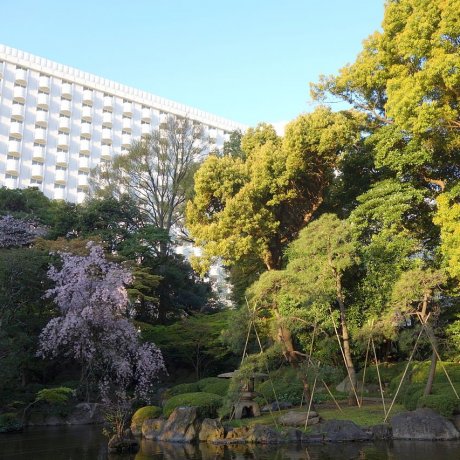
Just minutes from Shinagawa Station, the Grand Prince Hotel New Takanawa is surrounded by lush greenery in the Takanawa area, with rooms offering balcony..

ANA Holiday Inn Tokyo Bay (previously Dai-ichi Hotel Tokyo Seafort) is a 132-room hotel that will provide visitors to Japan’s capital city with an..
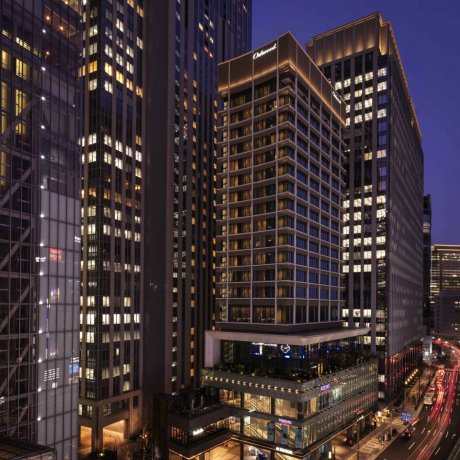
Oakwood Premier Tokyo comes from a brand of standout luxury hotel & service apartments right at the heart of the Tokyo metropolis. It is located in the..
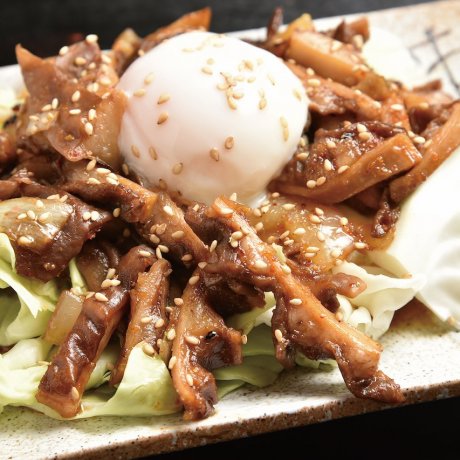
Motsu (offal) is their signature item, and they offer not the common motsu-yaki, but stir-fried motsu with different flavors depending on the type of..
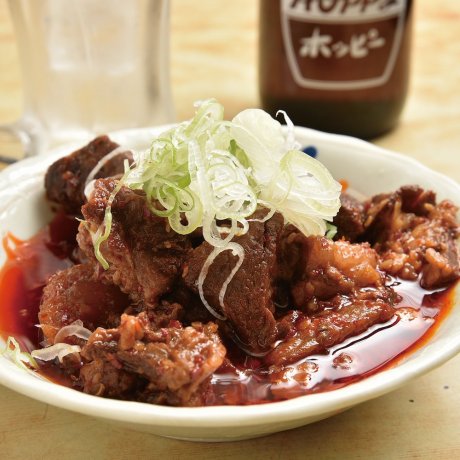
One of the long-established restaurants in the area, it is always packed. But since there are also seats on the second floor, customer turnover is quick...

This restaurant offers a selection of foods that will keep you drinking, such as stew made with fresh meat and stir-fried offal, etc. You'll want..
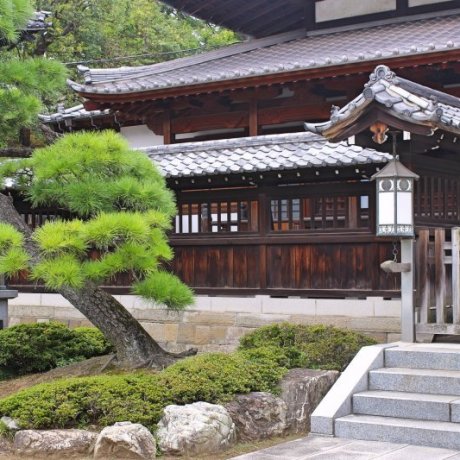
Sengakuji, located in Minato City, is a major temple of the Soto Zen sect of Buddhism and is primarily known as the resting place of the 47 ronin. The..
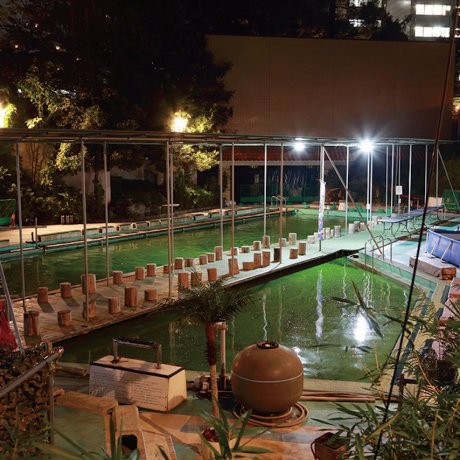
The Shinagawa Fishing Garden is a hotel pool that has been converted into a Japanese-style fishing pond. Since it is covered, you can visit it even when..
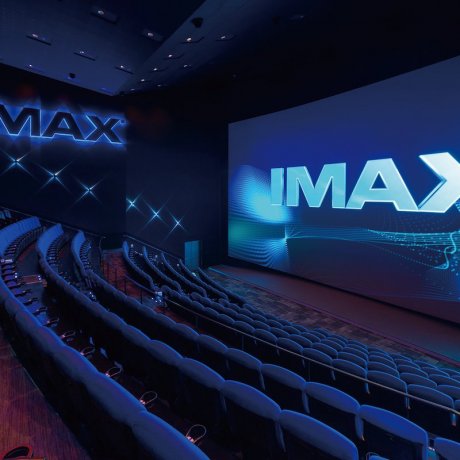
This cinema complex is located in a hotel. Enjoy the immersive experience of an IMAX digital theater.
Your feedback has been sent.